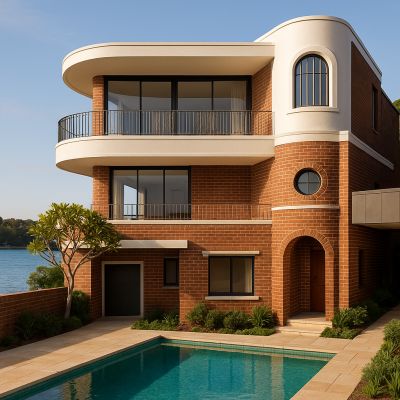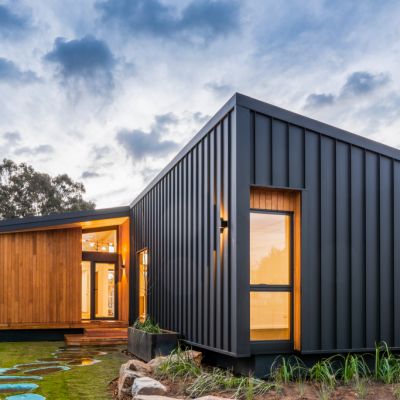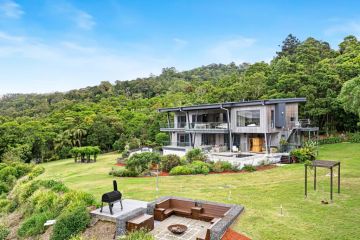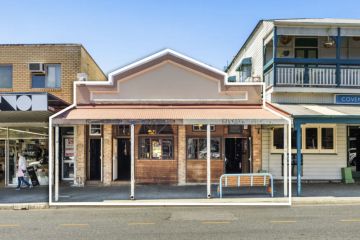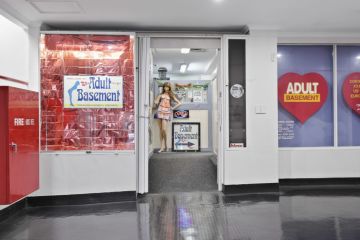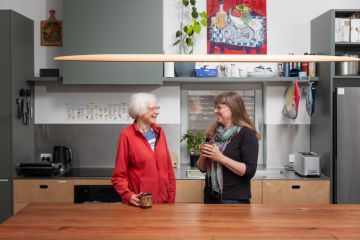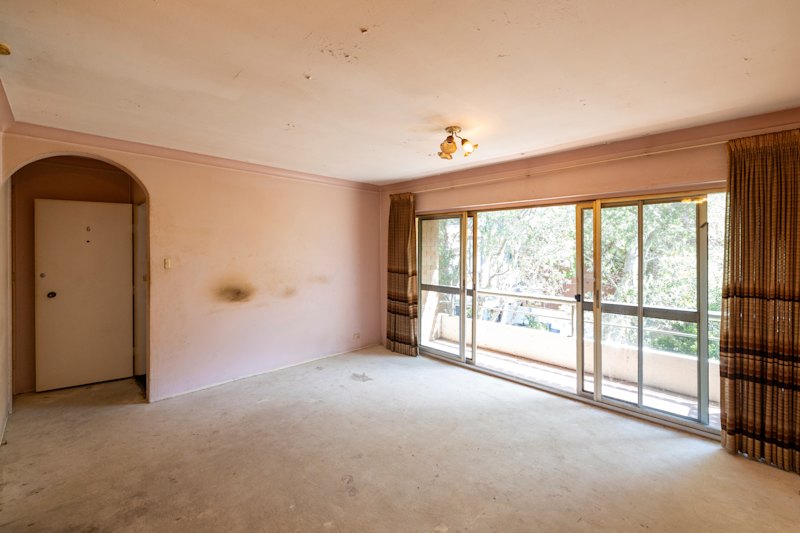Annie Liang's journey from investment portfolio advisor to AI start-up founder
We’ve all experienced it – you’re staring at a problem for what feels like forever.
You have all the context imaginable, you’ve considered ideas from every which way … yet still, you just can’t seem to crack it.
Then, an outsider comes along and suggests the very solution you’ve been agonising over. Why? Their unique experiences and perspectives, different to your own, have led them to see the problem in a whole new light.
Annie Liang, who has a background in finance, was the outsider; the problem was housing productivity on a national scale.

Liang studied finance and economics before spending six years at multinational investment bank UBS, managing a portfolio of around $US300 million.
When she decided to change industries, she found her true calling: helping to build the physical world.
Her family immigrated to New Zealand when she was nine years old. The place where she grew up seemed as good a place as any for a new start.
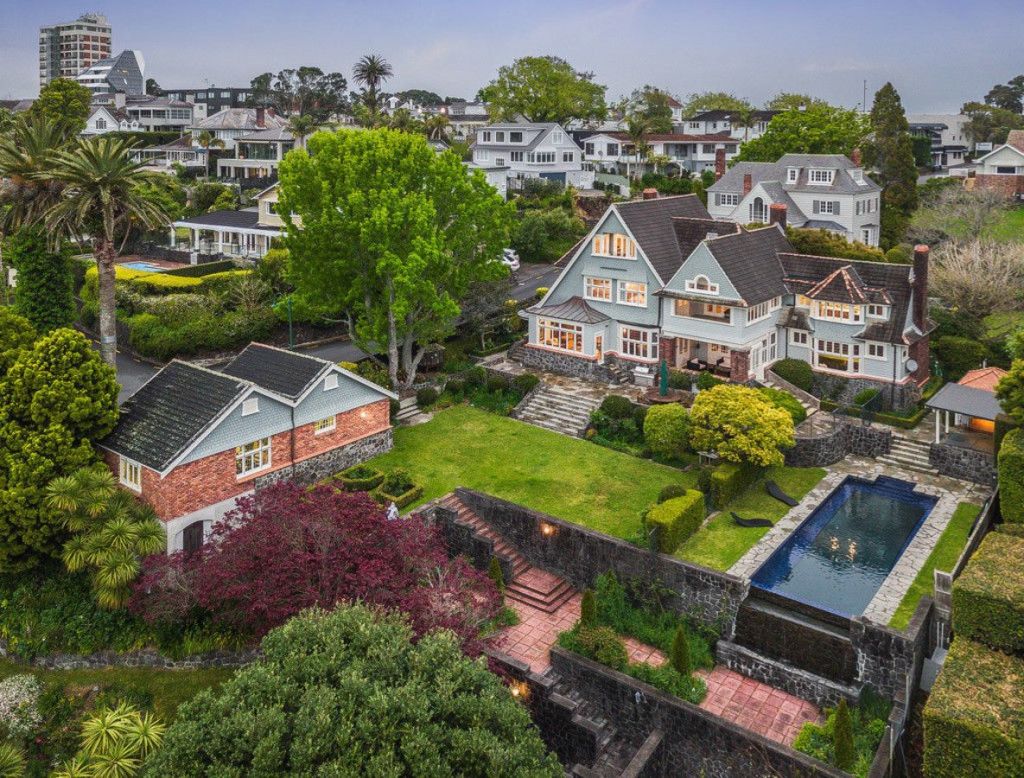
In 2018, Liang began working with Auckland Council to build infrastructure in Westgate, 20 minutes from Auckland.
“That was a super eye-opening experience for me because I got to see a little town basically getting built,” Liang says.
She and her team – project managers for the developer – had approval for the construction of 1300 homes, but, like Australia, New Zealand was facing labour and material shortages.
“The big question was, ‘How are we going to build this much volume?'” Liang says. Modular construction, or prefabricated homes, was their answer.
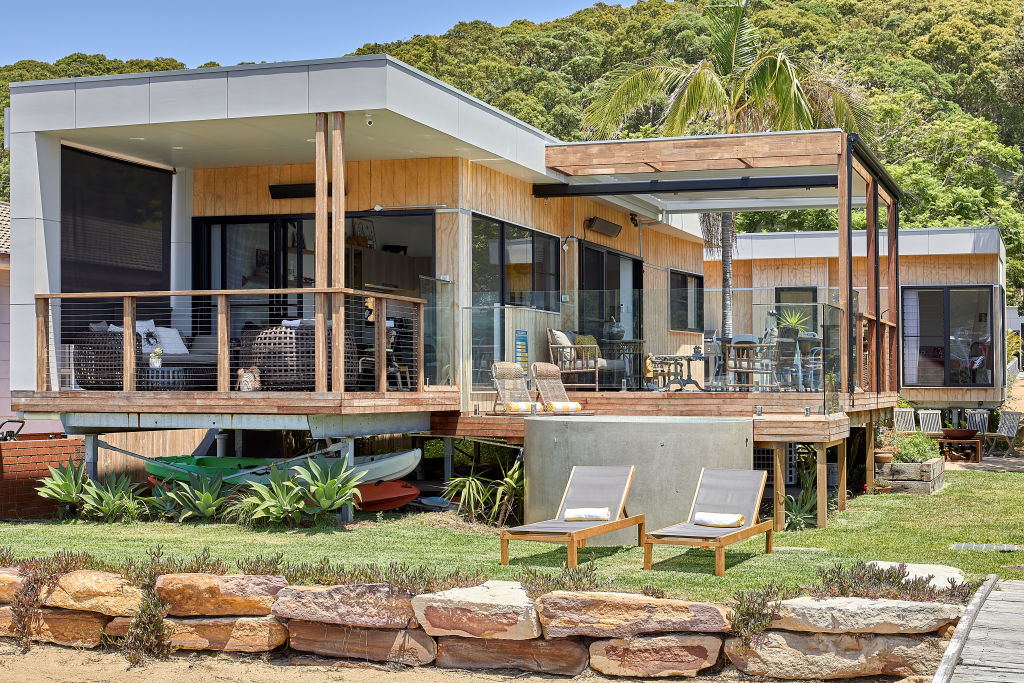
They collaborated with a UK firm that specialised in the design and manufacture of modular homes. Soon, they began prototyping and seeking expert assessment from structural engineers and certifiers to ensure compliance with local standards.
“That was the first time I started thinking about using technology in innovative ways to improve the quality and quantity of our built environment,” Liang says. “I was noticing that nobody had any good tools with them to capture all of this … people were frantically taking notes, taking pictures. We were putting everything into WhatsApp.
“There was no way for us to verify anything onsite because it was so chaotic. We had to go back to the office at the end of the inspection and look up all these standards, building codes and then compile everything.”
A week or two later, there was finally an Excel spreadsheet containing every issue to follow up on.
“If we were going to do this over and over again, this couldn’t be the way to do things,” Liang says. This was the beginning of Billie Onsite.
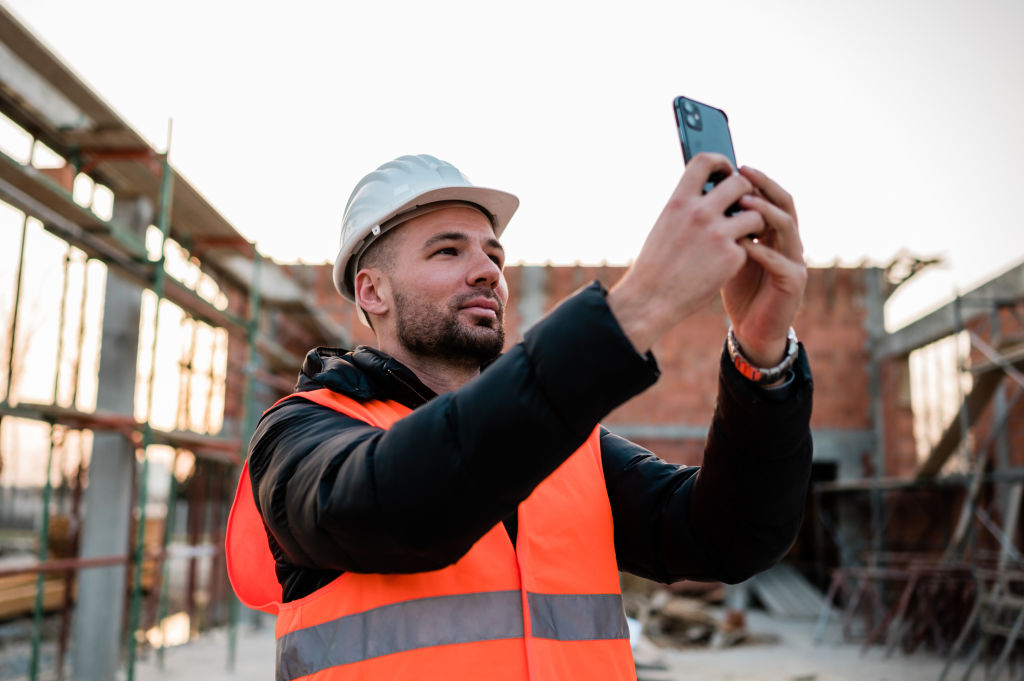
It’s a voice-activated, AI-driven application designed for construction experts, structural engineers and building certifiers, or as Liang calls them, the “gatekeepers of quality compliance for the built environment”.
“Billie Onsite is a very intelligent system that helps capture expertise in real-time, by simply talking to the AI and taking pictures of what they are seeing,” she explains. “They have so much knowledge in their heads, and that goes into the system.”
Once everything is captured, the tool spits out automatic reports and dashboards to help teams follow up on outstanding issues.
“You have this very codified, retrievable body of knowledge that people can look back on if they’re building a similar project in the future,” Liang says.

Simon Croft, chief executive of industry and policy at the Housing Industry Association – Australia’s peak industry body for residential builds – says he has noticed an influx of AI tools, like Billie Onsite, in the past one to two years.
“It’s very exciting to see these tools coming into the market to support the industry, particularly in that regulation space which is increasing in its complexity,” Croft says. “Builders are spending more time in their offices navigating red tape than they are with their nail bags on.”
He refers to the National Construction Code as a prime example. Two thousand pages in length, it references hundreds of Australian standards, which go on to include another 1000 or so standards.
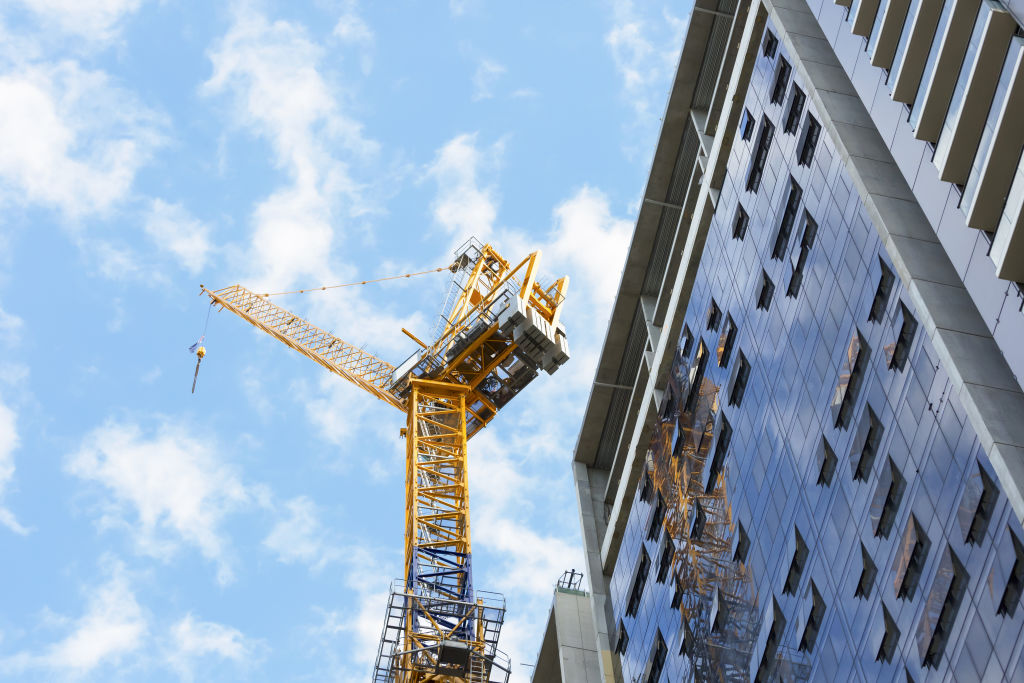
“We’re now starting to see tools coming in that are integrated, and capturing a lot of those things all together, rather than single tools,” Croft says.
As Australia races to meet its target of building 1.2 million homes by 2029, it’s regional areas and local government planners that stand to benefit most from these efficiencies.
Though Croft is enthusiastic about the uptake of AI, he says the law still needs to catch up.
If AI provides incorrect information, or a property passes inspection when it should have failed, for example, legislation is “very subjective” in deciding who is at fault.
“Technology and innovation are happening in the sector every single day … it’s only going to grow going forward,” he says.

Over 800 contractors use Billie Onsite, and Liang’s team has visited over 300 construction sites to develop the product.
“People have no problem adopting the product: we see them picking it up within five minutes,” Liang says.
She challenges the notion that the construction industry’s slow technological adoption comes from a place of reluctance.
“I don’t think it’s fair to say that [the construction industry] is not tech savvy,” Liang says. “The technology has not been very people-friendly.
“With the advance of AI, this is all becoming more possible.”
We recommend
We thought you might like
States
Capital Cities
Capital Cities - Rentals
Popular Areas
Allhomes
More
- © 2025, CoStar Group Inc.
